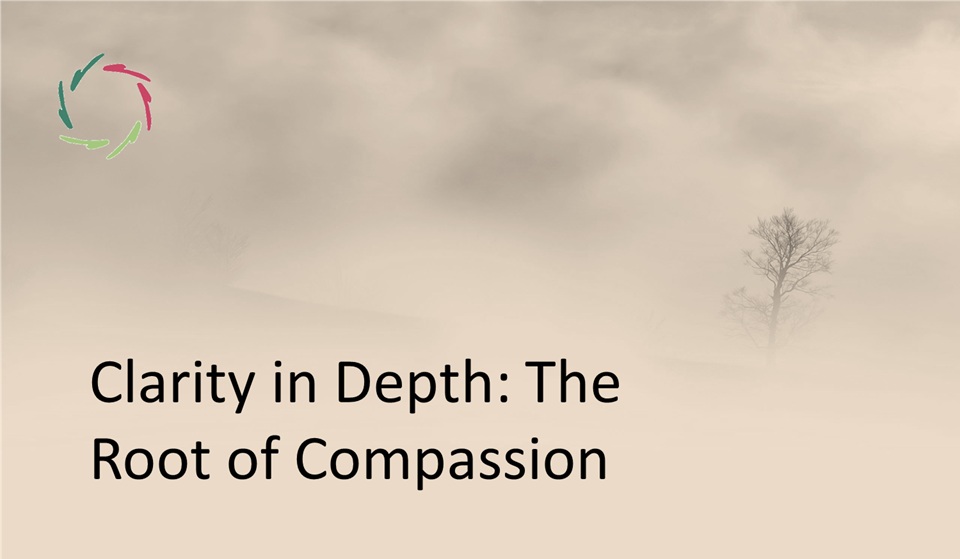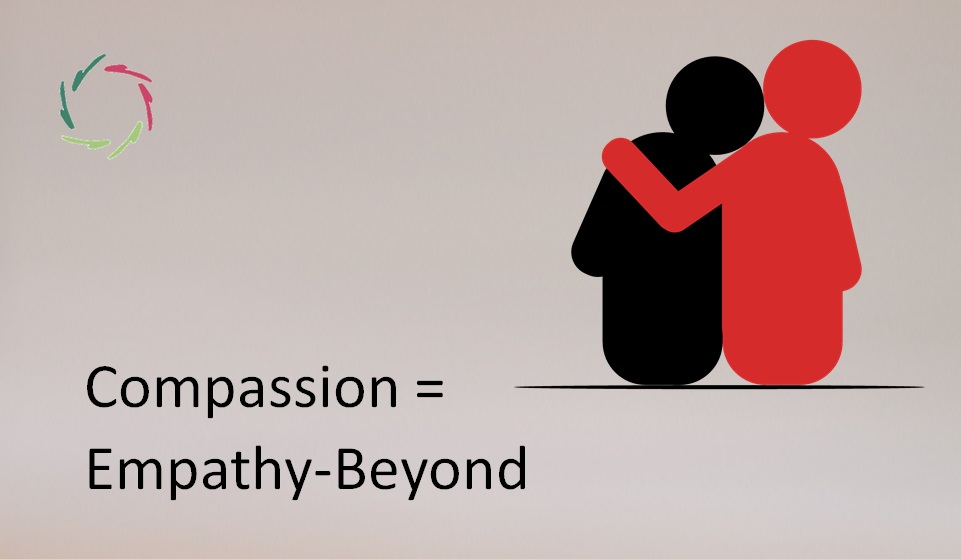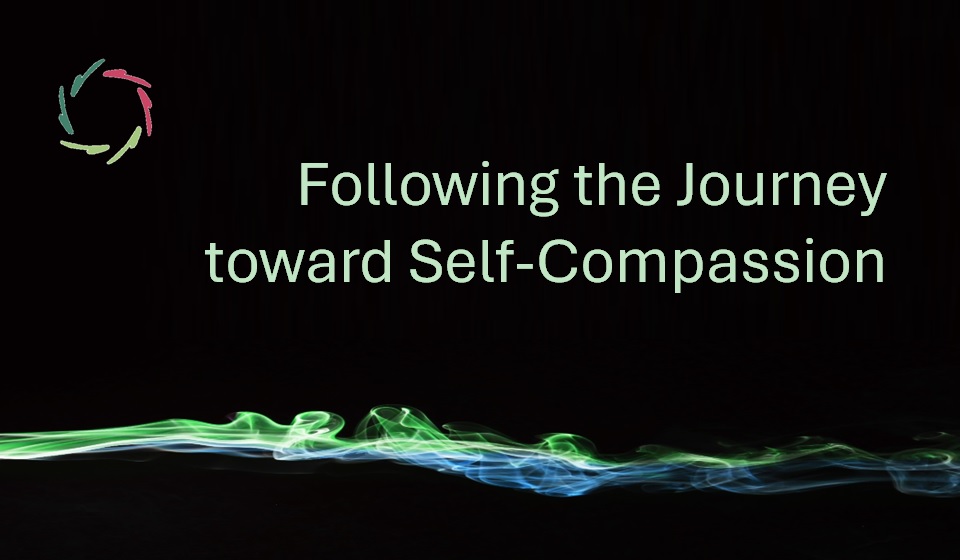Clarity in Depth: The Root of Compassion

Clarity in depth is more than clear thinking. It’s seeing the living patterns beneath the surface, in ourselves, others, and society. From this clarity comes wisdom, awakening, and Compassion, each a different facet of the same jewel.
This blog explores how depth brings balance, precision, and beauty to the way we live and lead. In a fast, complex world, this is not just personal enrichment but leadership and cultural necessity ― crucial to the future of business and beyond.
Ancient roots, modern urgency
The idea is old. Ancient traditions taught that clear seeing-in-depth dissolves ignorance, and that wisdom born from this clarity naturally expresses itself as Compassion. In AURELIS terms, this means the capacity to notice and work with the rich, subconceptual patterns that shape our thoughts, emotions, and choices.
For most of history, such insights spread slowly, from teacher to student, from one small community to another. Today, the pace and reach of human life have expanded beyond imagination. Messages fly around the globe in seconds; markets can swing before you’ve finished your morning coffee; entire industries shift direction overnight. The mind is still human, but the world it must navigate is louder, faster, and more volatile.
That is why the old call to awaken – to dissolve the root ignorance, to see clearly, to act from that clarity – is no longer just a personal or spiritual luxury. It has become a necessity for living well in the modern age. Clarity in depth is the foundation. Wisdom and Compassion are facets of this same jewel.
The three poisons on a human continuum
Fear, in balance, is healthy caution; desire, in balance, is the energy that fuels creation; lack of insight is simply the fact that no one sees everything. In their balanced form, these are simply part of being human.
Yet in their unbalanced form, Buddhist thought sees these three mental tendencies as the root poisons from which suffering grows. They become toxic: fear turns into hostility or rigid avoidance, greed into exploitation or restless craving, and lack of insight into willful blindness or distortion. Without clarity in depth, this slide into toxicity often happens without anyone noticing.
Clarity in depth is the balancing force — the ability to see these tendencies for what they are, before they pull things off course.
Clarity in depth as self-compassion in disguise
Clarity begins at home. Looking at our own patterns – the habits, blind spots, and hidden motivations – can be uncomfortable at first. But often, what’s revealed is not a collection of flaws to fix, but a fuller picture of our shared humanity.
This seeing tends to soften the harshness of self-criticism. It’s not indulgence, but realism: we stop wasting energy defending ourselves against truths we already live with. That shift is a form of self-Compassion.
From there, it becomes easier to extend real Compassion to others. Understanding one’s own patterns, one can spot them in others without turning them into grounds for blame. It’s the natural sequence recognized for centuries: clarity in depth starts with knowing oneself, and Compassion flows outward from there.
The jewel turns both ways
Clarity in depth and Compassion are co-creators. Turn the jewel one way, and clarity refracts into Compassion: seeing more deeply into someone’s reality makes caring a natural response. Turn it the other way, and Compassion refracts into clarity: caring enough to look without judgment lets you see more than analysis alone could reveal.
This loop can strengthen over time. For instance, in leadership, clarity informs decisions that build trust; trust opens the way for more clarity. Beyond its usefulness, the jewel is beautiful in itself — a living reminder that when these qualities grow together, they polish each other to a brighter shine.
Collective clarity in depth
Groups and societies have their own patterns, just as individuals do. These patterns can operate beneath awareness, shaping decisions and opportunities for decades. When they lack clarity, the same mistakes echo over generations, inequalities persist, and short-term thinking undermines stability.
Collective awakening starts the same way as individual clarity: by becoming aware of what’s driving behavior beneath the surface. In organizations, this might be uncovering unspoken rules that stifle innovation. In societies, it could mean recognizing inherited fears or desires that shape policy.
Just as an individual can shift their own patterns, a committed group can shift its shared patterns. The ripple effects include restored trust, increased creativity, and a culture where Compassion is not just personal but collective.
The shadow side of clarity
Clear seeing isn’t always comfortable. It can dismantle illusions, reveal compromises, or show the distance between what is and what could be. This can be especially challenging when you live in an un-awakened society.
Such discomfort is temporary — the eyes adjusting to brighter light. Over time, it brings not only sharper vision but also a steadier heart. And with others on the same path, as AURELIS seeks to bring together, the shadow becomes just another facet of the jewel.
Inner and societal dissociation
Even as clarity grows, both individuals and societies can carry a split between surface identity and deeper reality. At the personal level, this can mean a gap between ego and total self, as described in Inner Dissociation – Ego – Total Self. At the societal level, it can appear as Societal Inner Dissociation (SID), where collective narratives hide or deny deeper needs.
Recognizing these fractures is part of Compassion. They are not cause for discouragement but reminders that clarity in depth is an ongoing practice — one that must be nurtured in both ourselves and the systems we inhabit.
Different faces of the same jewel
Clarity in depth, wisdom, awakening, and Compassion are not separate goals. They are the same living reality, seen from different angles. The person who cultivates one is, often without knowing it, cultivating them all.
In the complexity of today’s world, this isn’t just personal growth. It’s a foundation for leadership and a safeguard for our collective future.


